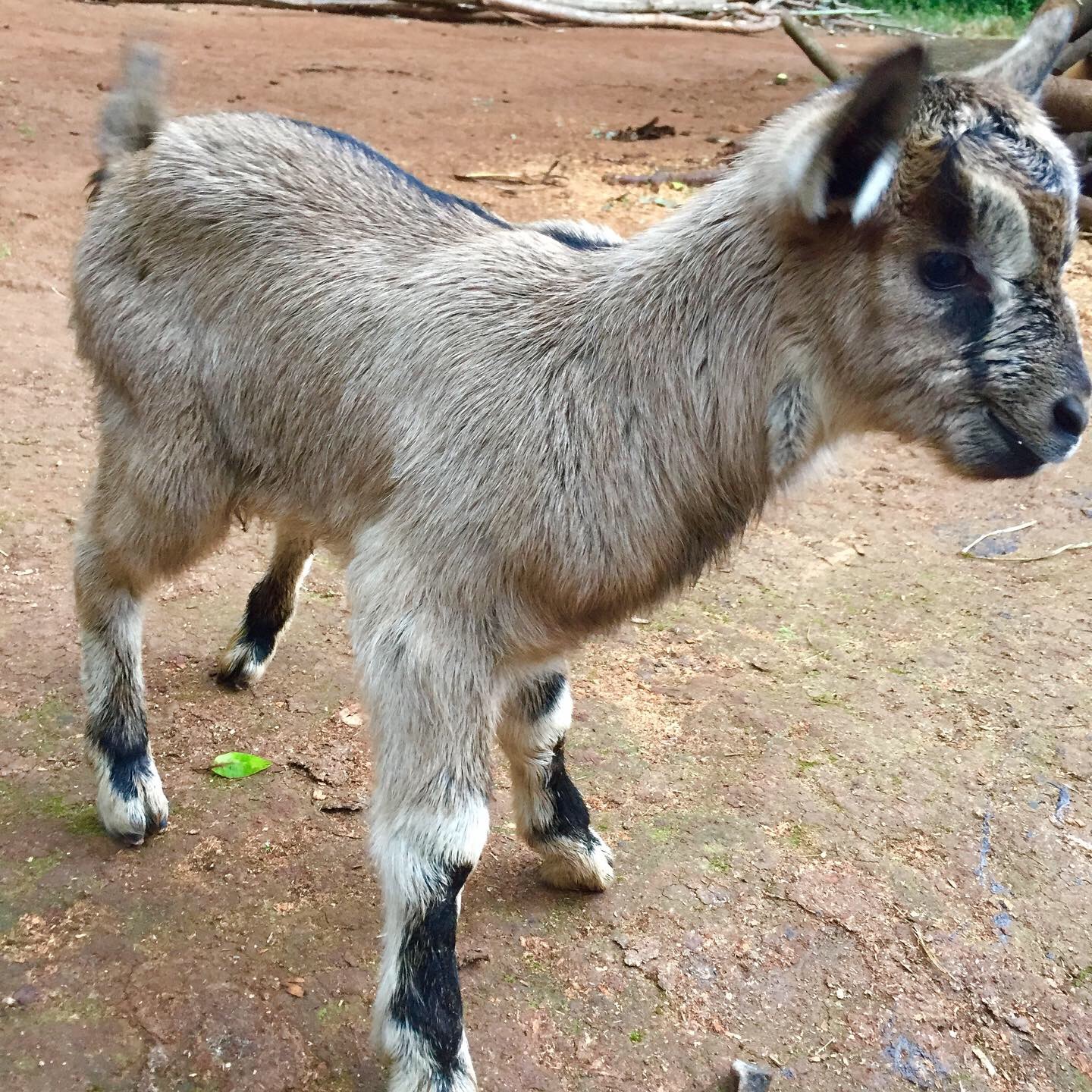The increasing human population is leading to increased land pressure. Consequently, the smaller land sizes cannot support dairy cattle, making the dairy goat a better option.
As a nation, by promoting dairy goat production we will be addressing the millennium development goals of Alleviating extreme poverty and hunger. Goats are a good pathway out of poverty for smallholders. The high quality of goat’s milk addresses malnutrition at the household level.

Opportunities
Availability of goat rearing space.High demand for goat’s milk.Availability of goat’s semen at CAIS.High nutritional and medicinal value of goat’s milk. Highly trained personnel are available. Credit facilities are available.

Features:
- In some communities goat’s milk is not acceptable. Though this is changing with time, there is need for concerted effort from all the stakeholder to promote consumption of goat’s milk.
- To support the development of goat enterprise training of farmers on Dairy goat husbandry is essential and dissemination of information on available opportunities, we are here to help.
Key Benefits
- Have a superior production capacity than a cow. A dairy cow is bigger in size and therefore requires more feeds, water, mineral salt and labour than the dairy goat
- Can be reared in urban and peri-urban plots. This is because the faecal consistence (pellets) is easier to handle and dispose than the bulky cow dung of the dairy cattle
- Requires relatively smaller space than a dairy cow
- Dairy goats are much easier to convert to money than a cow
- Goats are fastidious feeders as a result they are the last animals to die from drought.

Conclusion
Goat farming is a profitable business, less cumbersome, and can give you some great results.
